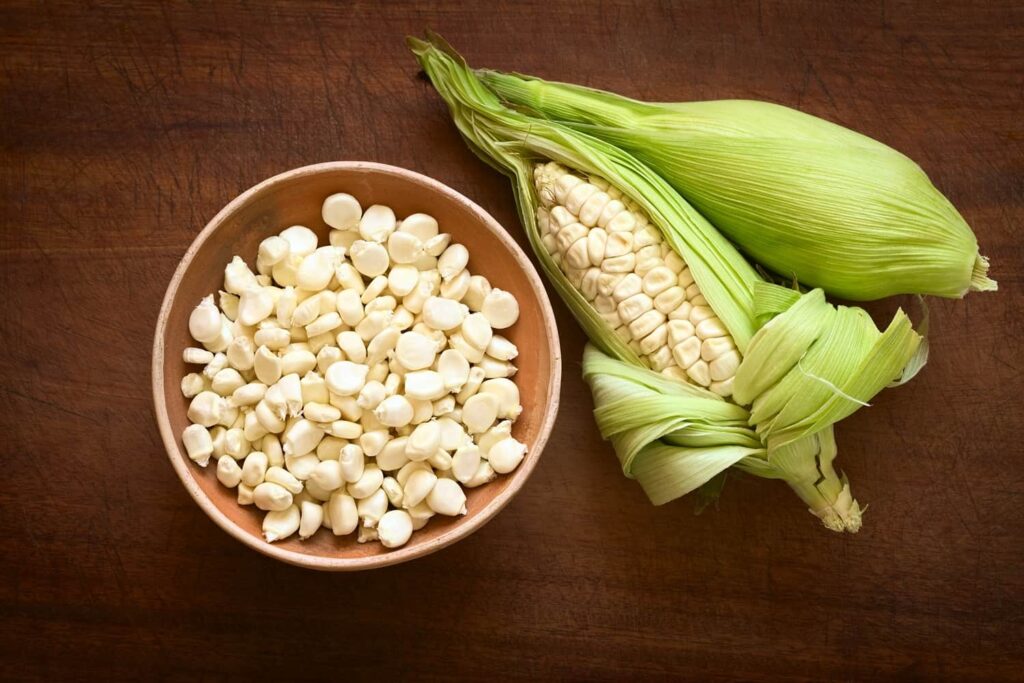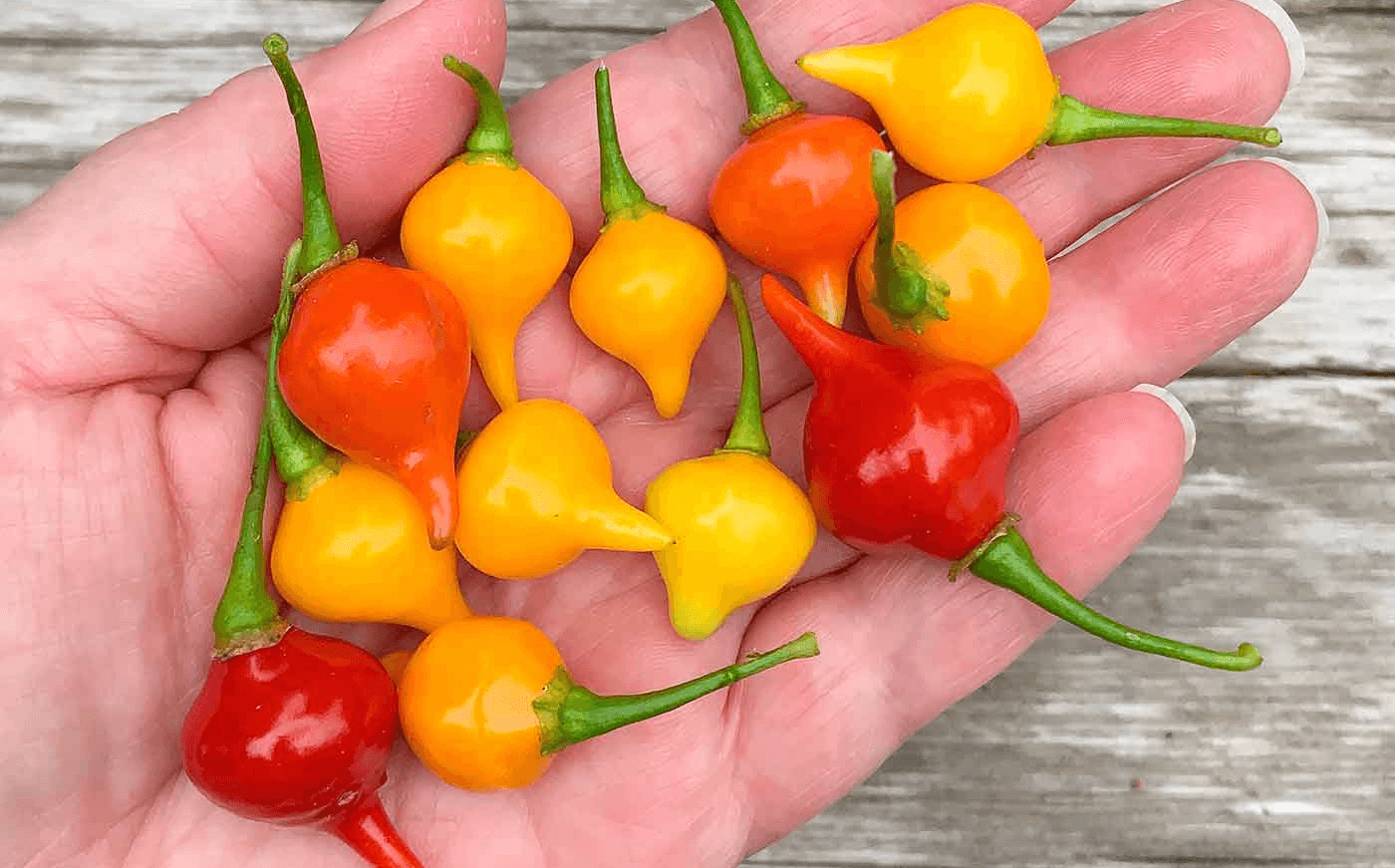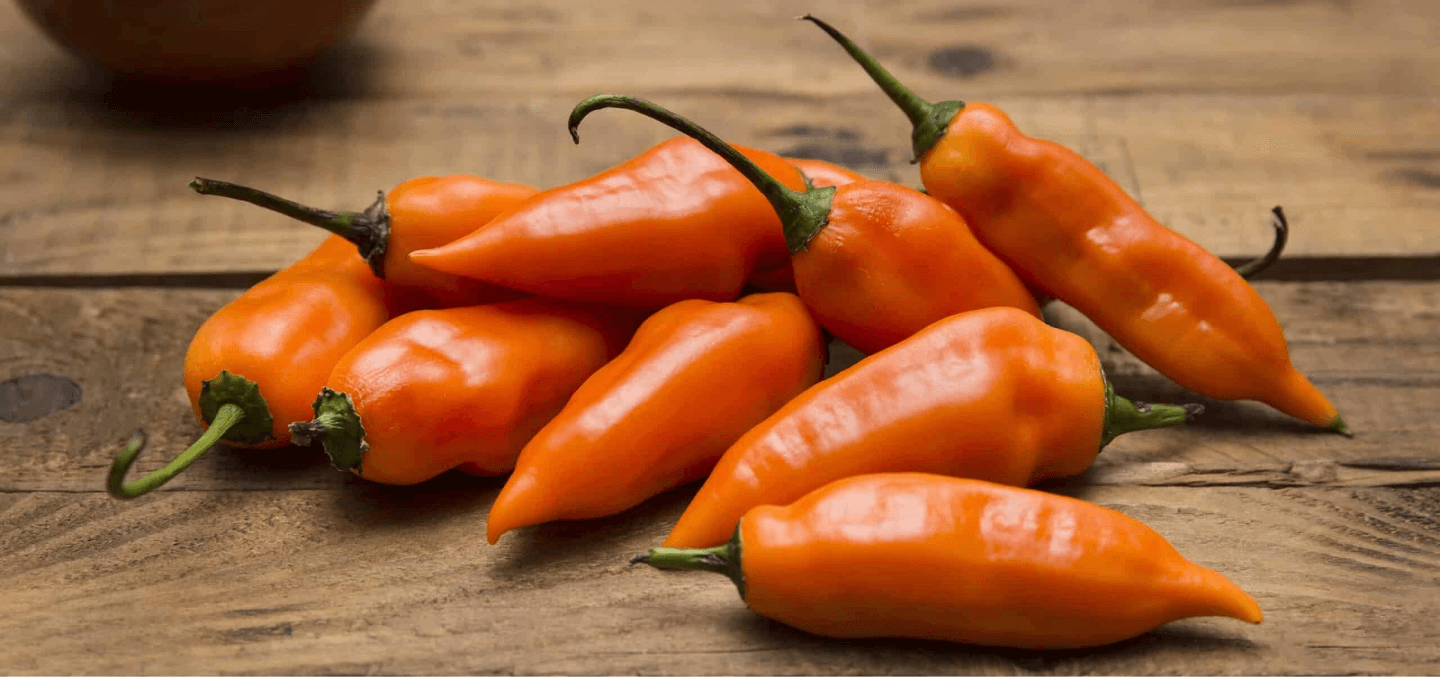Peru grows an amazing variety of food. Specifically produce. It’s no coincidence that the thousands of microclimates in Peru offer amazing fruit. Much of Peru’s fruits are known on a local basis. However, there are some that are exported and enjoyed internationally. You might’ve seen a mango or an avocado from Peru but there are some fruits that are unique to the country. If you ever travel to Peru, below are five fruits that you must try.

Lucuma (Pouteria lucuma)
The lucuma fruit originated in the Peruvian Andes and is also grown in Ecuador and Chile. Depicted in traditional pottery, lucuma has been a food staple for centuries. The fruit comes from an evergreen tree with a grayish-brown bark that produces a milky white sap. The fruit is globe shaped and yellow when ripe.
A bright yellow pulp characterizes the fruit inside with several dark brown glossy seeds. Lucuma is used in ice cream, desserts, and drinks such as smoothies, but don’t let the sweetness fool you about its nutritious value. The fruit is high in iron and fiber.

Tuna (Opuntia ficus-indica)
A fruit called “tuna” might sound a little fishy, but the plant is also known as the prickly pear or opuntia. This round fruit comes in different colors and has a prickly skin. Possibly non-native to Peru with its likely origins in Mexico, the tuna is now a domesticated species found across Peru. The fruit is grown in the southern Andean plateau.
The inside fruits are skinned, and the pulp eaten, popularly being sold at street stalls. The tuna plant and fruit are not only used for human consumption. The plant is cultivated as a host plant for Cochineal insects used for their red dye. Tuna plants are often found near villages but can grow unaided in wild areas.

Peruvian Blueberries(Vaccinium)
The Peruvian blueberry crop is mainly produced in the La Libertad, Ica, Lambayeque, Ancash, and Lima regions. Peruvian blueberries are a major export crop for the country, exporting to the United States and Europe particularly England and the Netherlands.

Tomato (Solanum Lycopersicon)
This fruit belongs to the deadly nightshade family of Solanaceae. The nightshade family includes potatoes, peppers, and eggplant. Tomatoes have their origins on the west coast highlands in Peru, and several wild varieties of tomatoes are still found in this area.
The tomato was domesticated in Mexico, deriving the name from the Aztec language Nahuatl as “tomatl.” Tomatoes were introduced into European culture in the mid-sixteenth century but were not thought to be edible for two centuries. The once shunned fruit, now a staple of many cuisines, was considered poisonous or an odd food curiosity until the American Civil War where canned foods, including tomatoes, became food rations for troops of the Union Army.

Chili Pepper (Capsicum)
The chili pepper originated in Peru and Ecuador, and for at least 9,000 years humans have enjoyed the hot spiciness of these fruits. Originally spread by bird droppings since birds love the chili pepper fruits but are insensitive to the spicy substance capsaicin, chili peppers seeds have been widely dispersed in Peru. In Peru, there are about 50 varieties of chili pepper with the most popular being the paprika peppers. Like its cousins of tomatoes and potatoes that originated in Peru, chili peppers are members of the deadly nightshade family Solanaceae. These fruits, however, were more readily accepted outside of Peru and took less than 50 years to become part of global cuisine.





